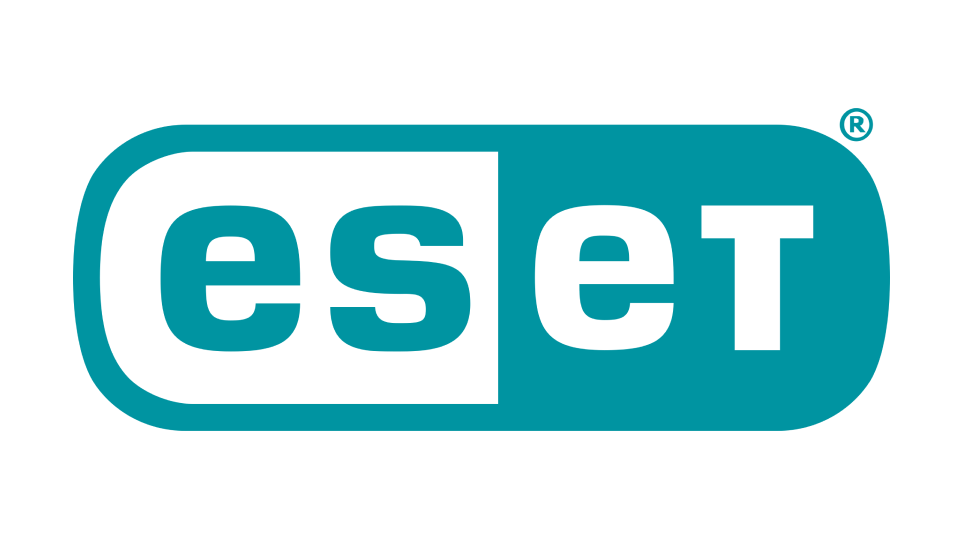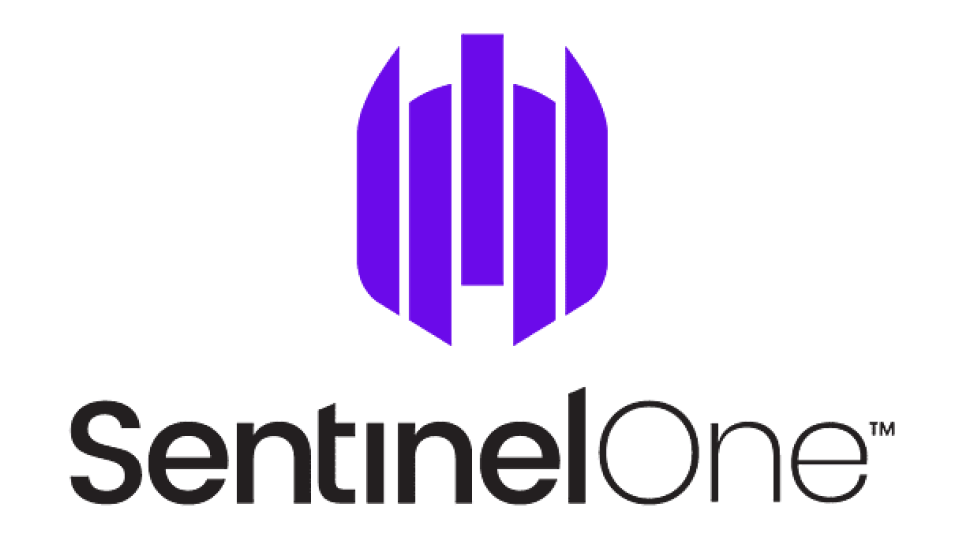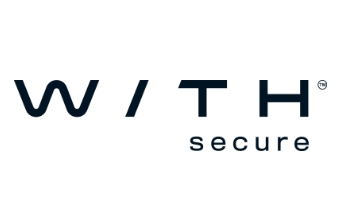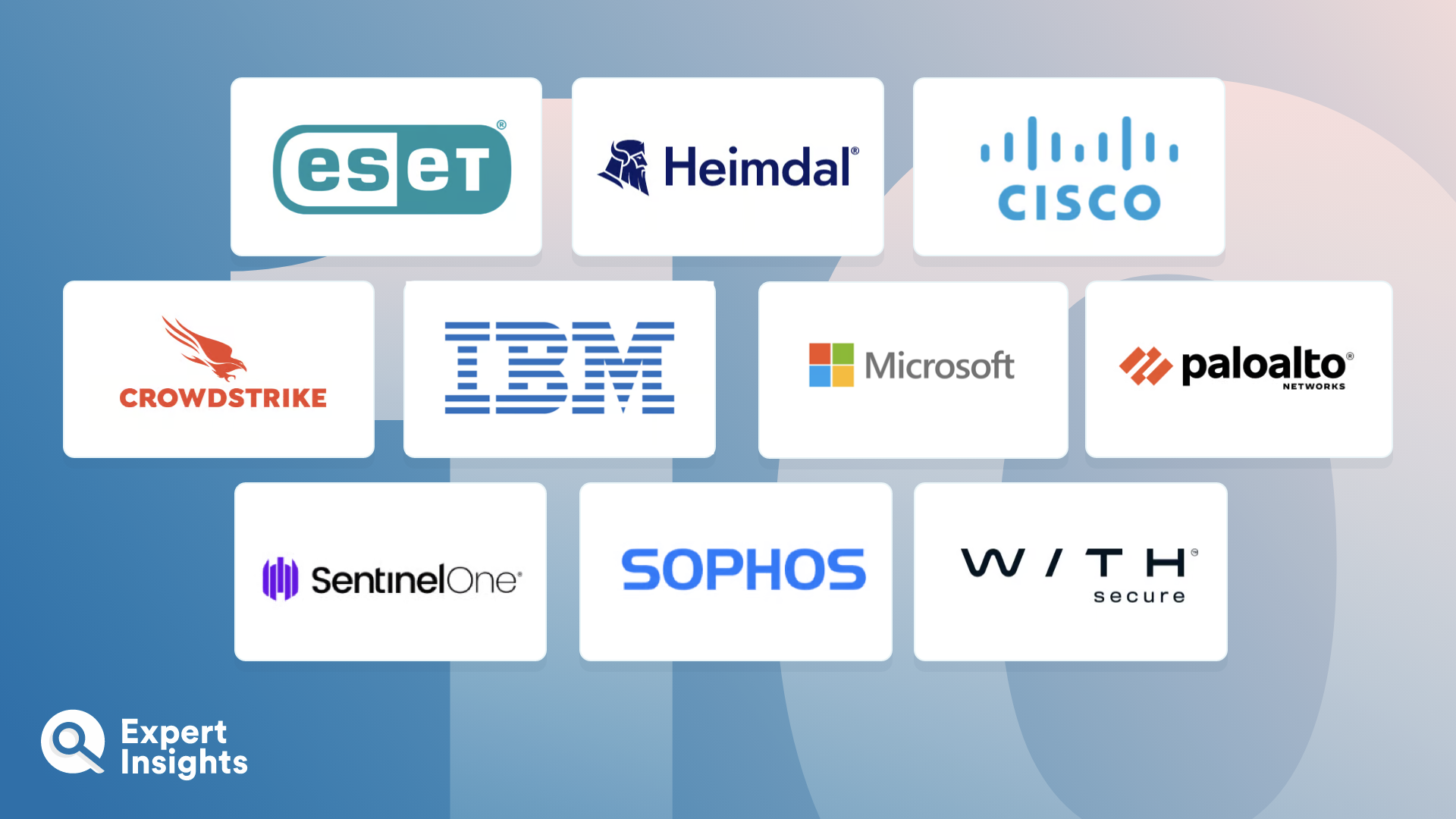Extended Detection And Response (XDR): Everything You Need To Know (FAQs)
What Is Extended Detection And Response (XDR)?
Extended Detection And Response (XDR) is a complete security tool that gathers data from across your network, then orchestrates and manages the automated response and remediation of threats. XDR is an evolution of Endpoint Detection and Response (EDR) tools. Where EDR focuses on gathering information from (and resolving issues via) your endpoints, XDR solutions work across a wider range of areas. This includes networks, devices, servers, accounts, cloud workloads, and inboxes.
Simply put, XDR is a much more comprehensive version of EDR.
XDR tools have extensive visibility which allows them to detect a wider range of Indicators of Compromise (IOCs) than other technologies. When it comes to remediation, these tools are ideally placed to enact effective and targeted actions. They ensure that no information is missed or misconfigured during the transition from detection to remediation. This results in faster, more effective security and remediation.
How Does XDR Work?
XDR solutions work by combining three key areas: integration, analysis, and response.
Integration
Deep API integration is the first, and most unique, element of XDR. This enables XDR to build a holistic and detailed image of your security set up. The more integrations, the more data the XDR will have to effectively identify and combat threats.
XDR collates information from endpoints (smartphones, IoT devices, workstations, laptops, etc.), networks (public, private and cloud), applications (software and SaaS), and cloud services, tools, and databases. This comprehensive integration provides a complete picture of your network and how your users behave. However, this information, whilst being extensive, can only be truly useful once it is analyzed.
Analysis
Once the data has been ingested by the XDR platform, sophisticated analysis can be run to identify trends and potential threats. XDR uses AI to find outliers in the breadcrumbs of data it collects. Over time, the AI will become more accurate as it builds a clearer picture of your behaviours and your system. This allows it to detect patterns of behavior, that would otherwise go unnoticed by human analysis.
XDR solutions provide a clear dashboard that allows administrators to understand the insights that have been compiled. This ensures admin can make an informed decision regarding the nature of a threat and ensure their security policies are effective.
It is through this analysis dashboard that you can understand current or remediated attacks. Node graphs and timelines clearly explain how an attack entered your system and trace its path through your network. With ongoing attacks, this allows you to protect areas that are not already affected, thereby maintaining network security. If an attack pattern has been replicated, the XDR will flag it and provide insights into how best to counter this attack.
Response
Once a threat has been identified, XDR can make a precise intervention to remedy the issue. This might include blocking an IP, blocking a domain, or quarantining a suspicious asset. XDR can respond automatically, thereby ensuring attacks are stopped as quickly as possible. Automated responses will follow a predefined blueprint to ensure that business-critical infrastructure is not shut down without human oversight. This blueprint can be adapted by the admin but will also act dynamically – the XDR solution will respond to the issue it is facing and react to the behavior of that specific threat.
For example, if an endpoint is infected, it can be locked out of the network immediately, rather than needing a busy IT member to approve this simple step. This prevents the malware from spreading, whilst allowing staff to focus on the most complex and pressing issues.
For more complex attacks, IT staff might need to have more control of the XDR response. By only requiring human intervention when absolutely necessary, dashboard fatigue can be reduced, while ensuring that IT staff can focus on relevant issues. “Alert fatigue” is an issue that 83% of security staff are currently facing – this is where someone responsible for managing remediation is overwhelmed, and subsequently desensitized, to the number of alerts. If the majority of alerts are false alarms, the admin member is unlikely to appreciate the full significance of the threat.
XDR can prevent alert fatigue by automatically remediating many of the threats that your network faces. Admin users can be alerted to the most serious threats, and only when their input is needed. By remediating threats automatically and only alerting the admin in more complex cases, the number of alert notifications can be cut drastically, mitigating the risk of human error.
What Are The Benefits Of Using An XDR Solution?
XDR solutions are valuable facets of an organization’s cybersecurity stack due to the robust and effective protection they can provide. Through a range of capabilities and features, they enable detection rates to increase and can deliver more targeted remediation. This, ultimately, results in improved security and more resilient operations. Some other benefits of an XDR solution include:
- XDR can detect more complex, advanced threats
- Protects a wider range of network areas than other solutions
- Effective data analysis
- Automation reduces IT team workload, allowing them to redirect their efforts
- Constantly evolving and improving through machine learning capabilities
- A unified solution is less hassle to manage than multiple independent technologies
What’s The Difference Between XDR, EDR, And MDR?
You might have seen the acronyms XDR, EDR, and MDR on cybersecurity providers’ websites or other blogs. It can seem like there are many overlapping features, making it hard to distinguish what is unique about each platform. In this section we’ll breakdown the similarities and differences between XDR, EDR, and MDR, giving you a better understanding of each technology’s capabilities.
Endpoint Detection And Response (EDR) – EDR gathers information at your endpoints, than analyses it to identify any malicious activities or events that occur at your endpoints. This technology will then manage and oversee targeted remediation to resolve the threat. EDR monitors your endpoints to identify threats, hunt attackers, carry out investigation, and deploy remediation actions to nullify threats.
Extended Detection And Response (XDR) – This is similar to EDR, except that its features and the areas that it gathers data from are expanded. Rather than focusing on endpoints alone, an XDR solution takes information from across your network – including cloud environments, servers, and accounts. As with EDR, XDR can deploy targeted remediation to eliminate the threat effectively.
Managed Detection And Response (MDR) – MDR uses the same technologies as XDR, but outsources its management to specialist IT teams. This is ideal for organizations who do not have the technical expertise in-house that would allow them to properly implement and manage the solution by themselves. By using MDR, organizations of all sizes and technical capabilities can have access to advanced cybersecurity protection.
What Features Should You Look For When Selecting An XDR Solution?
An effective XDR solution should enable security teams to easily prevent, detect, investigate, and remediate threats from a single, unified platform. They should encompass a range of integrated tools that allow you greater visibility into your network and the threats that you face, whilst providing effective responses. This involves collecting telemetry from a range of sources (including endpoints, email, networks, servers, identity, and more), consolidating related information into more contextualized alerts, prioritizing these using AI and machine learning, and automating response workflows.
Beyond these features, when looking for an effective XDR solution, you should look for the following features and capabilities:
- Automated workflows
- Centralized data lake for heightened visibility
- Behavioral analytics
- Incident scoring
- Advanced threat protection
- Threat intelligence
Do You Need An XDR Solution?
An XDR solution is used to enhance and improve your existing cybersecurity defenses, thereby strengthening your organization’s defenses. This is achieved through identifying vulnerabilities and threats earlier in their lifecycle, then deploying effective remediation to nullify the threat. By tackling the issue earlier in its lifecycle, you give it less opportunity to cause damage, meaning there is less actual work required to resolve the issue.
XDR solutions, then, are designed for organizations who need to gain insight into their complex network and ensure that threats can be mitigated however they arise.
XDR tools reduce workloads for IT teams and can add vital contextual information which helps to manage and respond to threats more efficiently.
XDR tools are a worthwhile investment for medium to large organizations and MSPs looking to enhance detection and remediation procedures through the unification of multiple security tools, streamlined responses, and automation. Some XDR solutions may be overly complex for smaller organizations with less resources, budget, and staff. In these instances, Managed Detection and Response (MDR) solutions may be a better option.

















